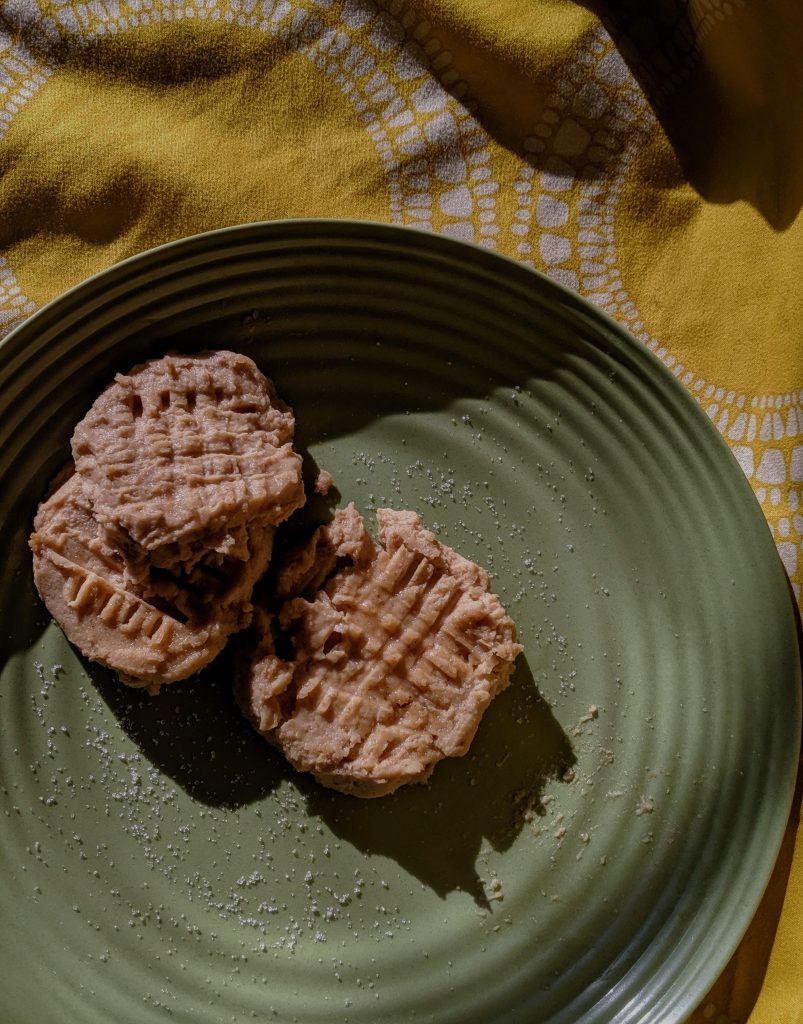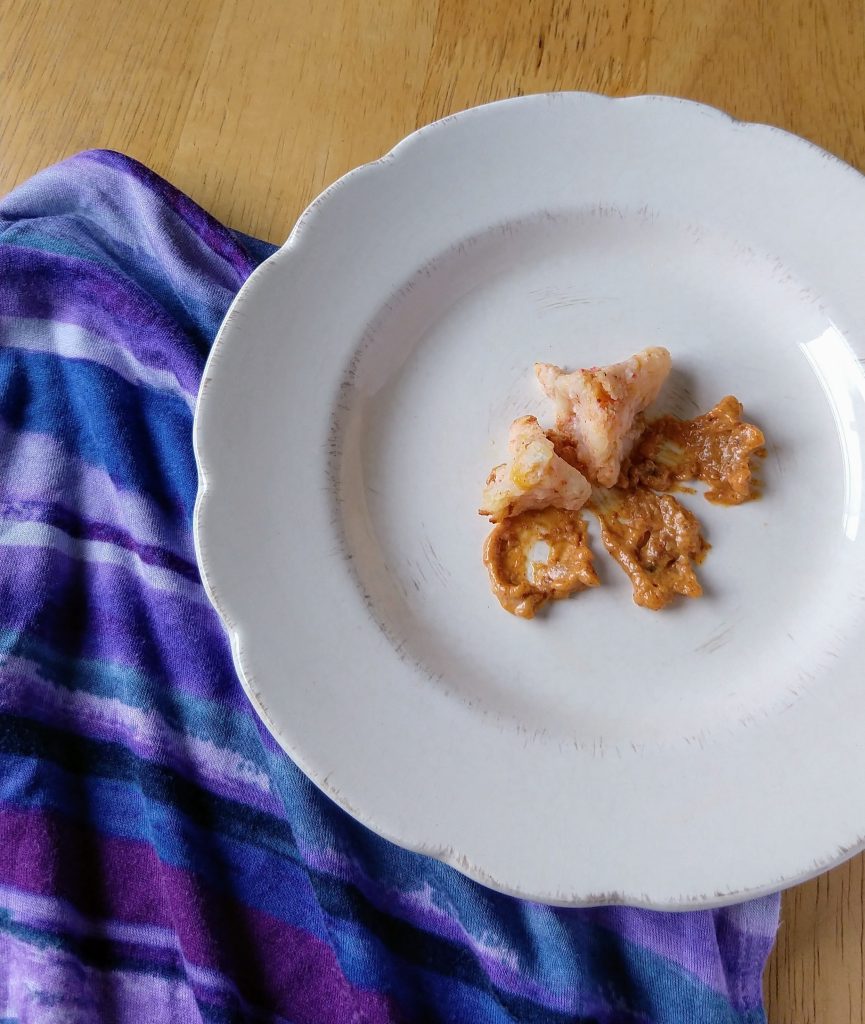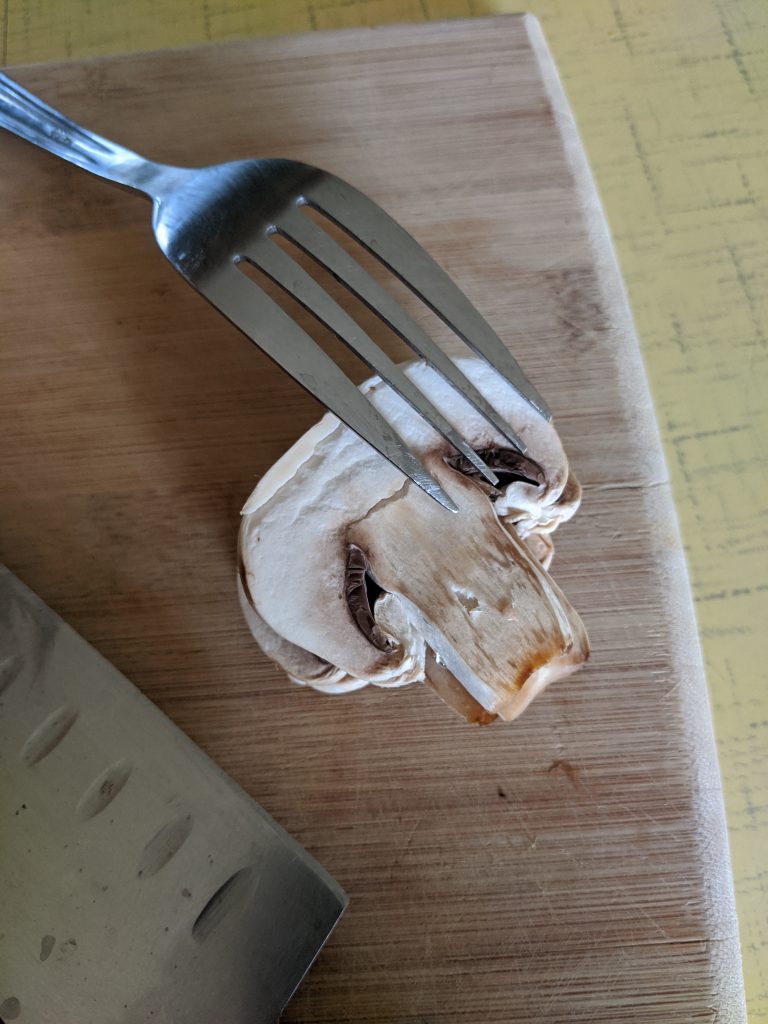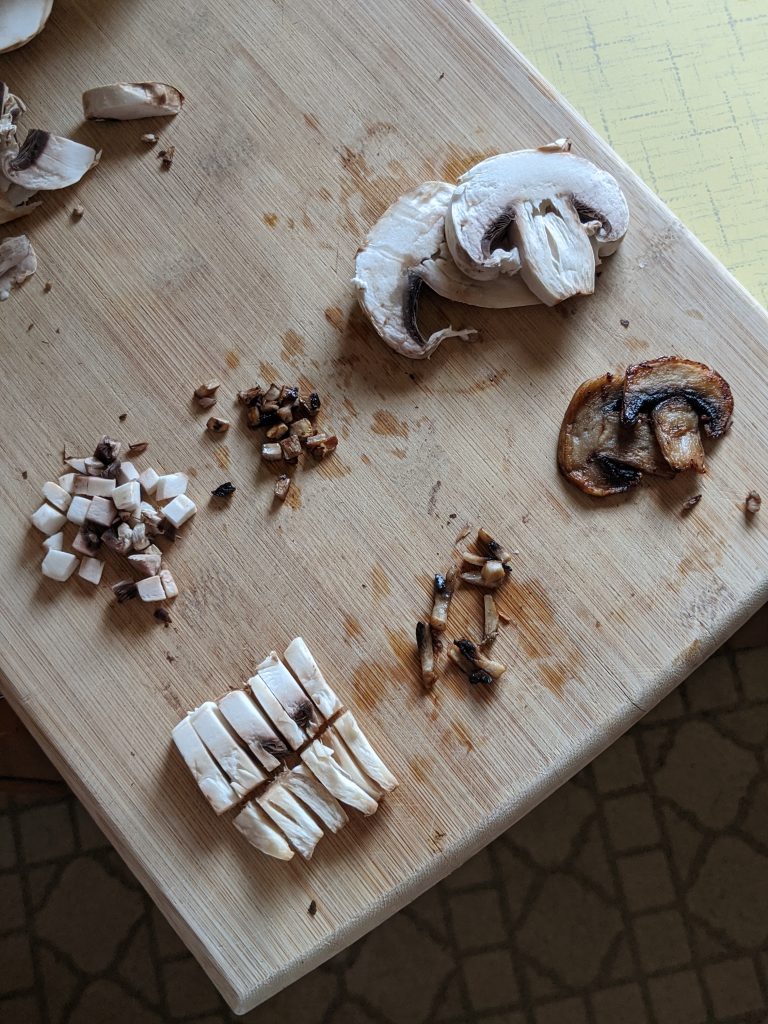Dysphagia is a very large umbrella for a large collection of symptoms at a large range of severities. This is not medical advice for your self-treatment; evaluation by a licensed speech-language pathologist is critical to determine if there are any physiological changes responsible for sudden changes in eating/drinking/swallowing. You must consult with your physician for appropriate testing specific to your unique situation.
Understanding the Process Step by Step
If you’re struggling with dysphagia (difficulty chewing and/or swallowing), you might feel like you have to control every part of your swallow, second-guess every movement in your throat, or even question whether your body will do what it’s supposed to do. But swallowing isn’t something you have to force; it’s something your body is designed to do. When fear or change in function takes over, it disrupts this natural rhythm, making eating feel foreign, effortful.
Breaking Down the Swallowing Process in Detail
Swallowing isn’t just one motion; it’s a sequence of muscle movements, like a conveyor belt system, that involves your mouth, throat, and esophagus. Understanding these steps, and identifying where anxiety hijacks your process, can help you regain control. You can also use this article to help translate some of the clinical vocabulary you may have from assessment/therapy notes.
ORAL PHASE (Preparation and Propulsion)
- Bite or sip selection: Picking up food, placing it in your mouth.
- Labial seal: Keeping your lips closed so nothing spills out.
- Oral preparation: Using your tongue and teeth to chew and mix food with saliva.
- Bolus formation: Creating a cohesive ball of food (bolus) that is ready to swallow.
- Tongue propulsion: Moving the bolus to the back of your mouth for swallowing.
COMMON ANXIETY TRIGGERS IN THIS PHASE
- Feeling like food will sit on your tongue and not move back
- Worrying about food spilling out of the mouth
- Feeling like food is sticking to the tongue or roof of the mouth
STRATEGIES TO TRIAL
- Smaller bites: Ensures better control and prevents overwhelming sensations
- Moistening dry foods: Using sauces or broths to prevent food from feeling stuck with just saliva
- Lingual sweep technique: Running your tongue along your teeth and cheeks to make sure food is properly gathered before swallowing.
PHARYNGEAL PHASE (Starting the Reflex)
- Soft palate elevation: Blocks food from going into the nasal cavity
- Swallow reflex initiation: The brain triggers the swallow as the bolus moves past the tongue base.
- Laryngeal elevation and closure: The voice box (larynx) lifts and closes to keep food out of the airway.
- Pharyngeal contraction: Muscles squeeze from top to bottom to push food toward the esophagus.
COMMON ANXIETY TRIGGERS IN THIS PHASE
- Feeling like the swallow won’t “trigger”
- Awareness of the throat muscles moving
- Fear of choking or aspiration (food going the wrong way)
STRATEGIES TO TRIAL:
- Chin tuck technique: Tucking the chin slightly down while swallowing can help direct food safely.
- Breath control: Exhaling before swallowing and holding your breath for a second can enhance airway protection.
- Paced swallowing: Taking a deep breath through the nose before swallowing, pausing between bites, and avoiding rushed eating reduces anxiety.
ESOPHAGEAL PHASE (Transporting Food to the Stomach)
Once food enters the esophagus, a process called peristalsis moves it down in rhythmic waves toward the stomach.
- Upper esophageal sphincter relaxation: The top of the esophagus opens to allow food through.
- Peristalsis activation: A series of coordinated muscle contractions move the food downward.
- Lower esophageal sphincter relaxation: The bottom of the esophagus opens to let food into the stomach.
COMMON ANXIETY TRIGGERS IN THIS PHASE
- Feeling like food is “stuck” in the throat or chest
- Sensations of tightness, even if swallowing was successful
- The need to drink liquids to “wash food down”
STRATEGIES TO TRIAL
- Upright positioning: Staying upright for at least 30 minutes after eating can aid esophageal clearance.
- Alternating bites and sips: Using small sips of liquid can assist in moving food downward without over-reliance.
- Mindful relaxation techniques: Reducing tension in the neck and shoulders before eating can prevent the sensation of tightness.
How Texture Supports a Safer, Easier Swallow
As you saw, there are some pieces of the swallow that we do not initiate ourselves, and there are structures involved that may be deep within our bodies and are harder to repair immediately. But just because there may be a path to take before returning to how you ate before, doesn’t mean you don’t have options right now. The physical qualities of foods, aka their textures, can be adjusted to match the unique way that your swallow is being impacted right now. There’s actually an international framework for food textures and drink thickness that helps match meals to a person’s swallowing needs.
From Anatomy to the Kitchen
Speech Language Pathologists, the healthcare professionals that specialize in swallowing therapy, teamed up with food scientists to develop texture levels that reflect the skills needed for safe swallowing. Following a swallowing assessment, you may receive a recommendation to modify your diet to meet where it is safest, for foods and sometimes liquids.
After a diet of only liquids, the first level of food difficulty would be something that doesn’t require any biting and chewing, aka a puree. While this level doesn’t boast the largest variety when it comes to recipes that people commonly cook, items like grits, mashed potatoes and blended soups are familiar examples. You can find my full collection of pureed recipes here.

The next level keeps the chewing minimal by using small, moist particles that hold together, but the tongue alone can also break apart. Minced and moist texture examples would be sloppy joes, coney sauce, or some curries. The minimal chewing can help with managing fatigue and confidence in preparing a bite for swallowing. You’ll know that your pieces are small enough when they can fit in the space between fork tines. Explore my recipe collection for minced and moist diets here to find some of your favorite recipes reimagined.

For people that have good chewing endurance, but are still having difficulty with items that need to be bitten off, the soft and bite sized level increases the effort a bit more. Bite sized, in this case, refers to a bite that will fit within the width of all of the fork prongs. See the soft and bite sized recipe collection here.

(L) Cutting between the prongs will guide you to ~4mm pieces.
(R) Whole, bite-sized and minced particle sizes.

Finally, the last texture level is easy to chew, which has no piece size requirements. The main focus is removing hard, crunchy or particularly chewy foods from the diet because it is painful or difficult. This is often the level that people with oral surgery, wisdom teeth removals and missing teeth will land at temporarily, or people with certain texture aversions may opt for. Follow this link to check out all of my easy to chew recipes.
Final Thoughts
Swallowing is slightly complex, but it is also very natural and something our bodies have a ton of practice with. With the right ingredients and techniques, your meals can be personalized to you. If you are new to preparing these textures, check out the resources page where you can upgrade your kitchen tools and techniques specifically for difficulty swallowing.
Every recipe here is SLP designed for texture sensitive eaters: from dysphagia to dental issues to picky eaters. Get recipe roundups and practical tips by joining the mailing list.
Dysphagia encompasses a wide range of symptoms and severities. The information on this page is for general educational purposes only and is not a substitute for individualized medical assessment or treatment. If you experience new or worsening swallowing difficulties, please consult a licensed speech-language pathologist and your physician for evaluation and appropriate testing.

Leave a Reply